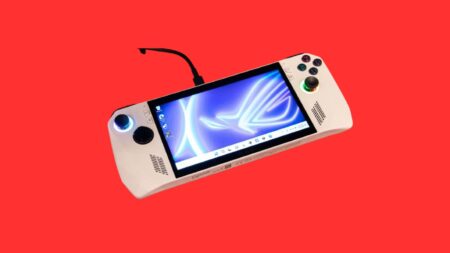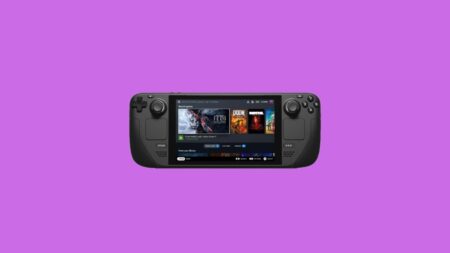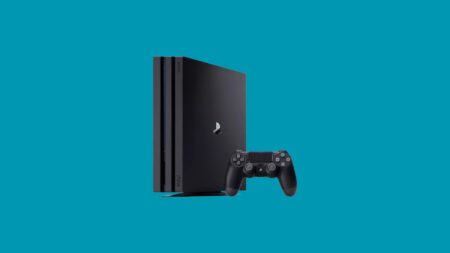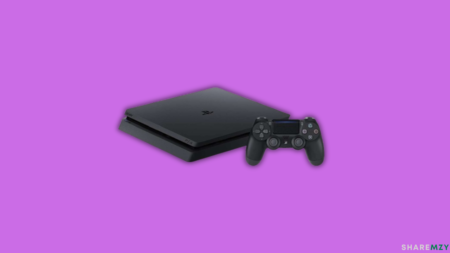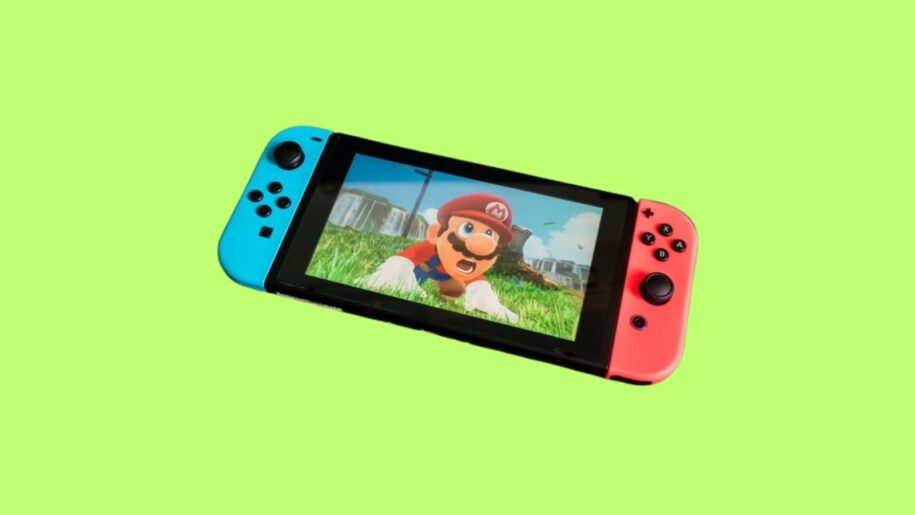
The Nintendo Switch features a custom NVIDIA Tegra X1 system-on-chip (SoC), which integrates an ARM-based CPU and a Maxwell-based GPU. While not as powerful as modern dedicated gaming Display Adapters, the Tegra X1’s Graphics Card is optimized for portable gaming, delivering smooth performance in popular Nintendo titles. Its design balances power efficiency with graphical capabilities, supporting up to 1080p resolution when docked and 720p in handheld mode.
This article explores the Graphics Card specs of the Nintendo Switch, compares its performance to equivalent dedicated GPUs like the NVIDIA GT 1030, and highlights how it achieves an excellent balance between performance and portability.
What GPU does a Nintendo Switch have?
The Nintendo Switch is powered by a custom Nvidia Tegra X1 system-on-chip (SoC) that includes a Display Adapter based on Nvidia’s Maxwell architecture. This Graphics Card features 256 CUDA cores and operates at a lower clock speed to optimize energy efficiency and portability.
While its raw performance is modest compared to modern GPUs, the Switch’s Graphics Card is designed to handle 720p gameplay in handheld mode and up to 1080p when docked, focusing on smooth gameplay for Nintendo’s unique game library. It is comparable to older Video Cards like the Nvidia GeForce GTX 750 or GTX 950M, offering enough performance for tailored gaming experiences.
Nvidia GeForce GTX 1650
The Nvidia GeForce GTX 1650 is a budget-friendly GPU built on Nvidia’s Turing architecture. With 896 CUDA cores and 4GB of GDDR5 memory, it is designed for 1080p gaming and light content creation. While it lacks advanced features like ray tracing and DLSS, its efficiency and affordability make it a popular choice for entry-level gaming builds.
Specs:
- Cores: 896 CUDA cores
- Video Memory: 4GB GDDR5
- Memory Speed: 8Gbps
- Power Requirements: 75W TDP (most models require no external power connector)
Pros:
- Affordable and accessible for budget-conscious gamers.
- No external power connector is required, making it compatible with older systems.
- Efficient performance for 1080p gaming in less demanding titles.
Cons:
- Limited future-proofing compared to newer Display Adapters.
- Lacks modern features like ray tracing and DLSS.
- Struggles with modern AAA games on higher settings.
Nvidia RTX 3050
The Nvidia RTX 3050 is an entry-level GPU from the RTX 30 series, launched in 2022 and based on Nvidia’s Ampere architecture. Featuring 2560 CUDA cores and 8GB of GDDR6 memory, it brings modern technologies like ray tracing and DLSS to budget-conscious gamers. It offers impressive 1080p gaming performance while introducing advanced visual features at a lower price point.
Specs:
- Cores: 2560 CUDA cores
- Video Memory: 8GB GDDR6
- Memory Speed: 14Gbps
- Power Requirements: 130W TDP (requires 1x 6-pin or 8-pin power connector)
Pros:
- Supports ray tracing and DLSS for enhanced visuals and performance.
- Delivers excellent 1080p gaming performance in modern titles.
- More affordable than higher-tier RTX Video Cards while retaining key features.
Cons:
- Limited ray-tracing performance in graphically demanding games.
- Higher power consumption compared to older entry-level Display Adapters.
- Faces stiff competition from AMD alternatives in the same price range.
AMD RX 6600
The AMD RX 6600, launched in 2021, is a mid-range GPU built on AMD’s RDNA 2 architecture. Equipped with 1792 stream processors and 8GB of GDDR6 memory, it delivers outstanding 1080p gaming performance with high frame rates and excellent power efficiency. While it includes ray-tracing support, its performance in this area is slightly behind Nvidia Video Cards in the same segment.
Specs:
- Cores: 1792 stream processors
- Video Memory: 8GB GDDR6
- Memory Speed: 14Gbps
- Power Requirements: 132W TDP (requires 1x 8-pin power connector)
Pros:
- Superior 1080p gaming performance with high frame rates.
- Lower power consumption compared to similarly performing Video Cards.
- Supports ray tracing and Smart Access Memory for AMD systems.
Cons:
- Ray-tracing performance is less competitive compared to Nvidia.
- Slightly higher price point than entry-level alternatives.
- Lacks DLSS support (AMD’s FSR offers a good alternative).
